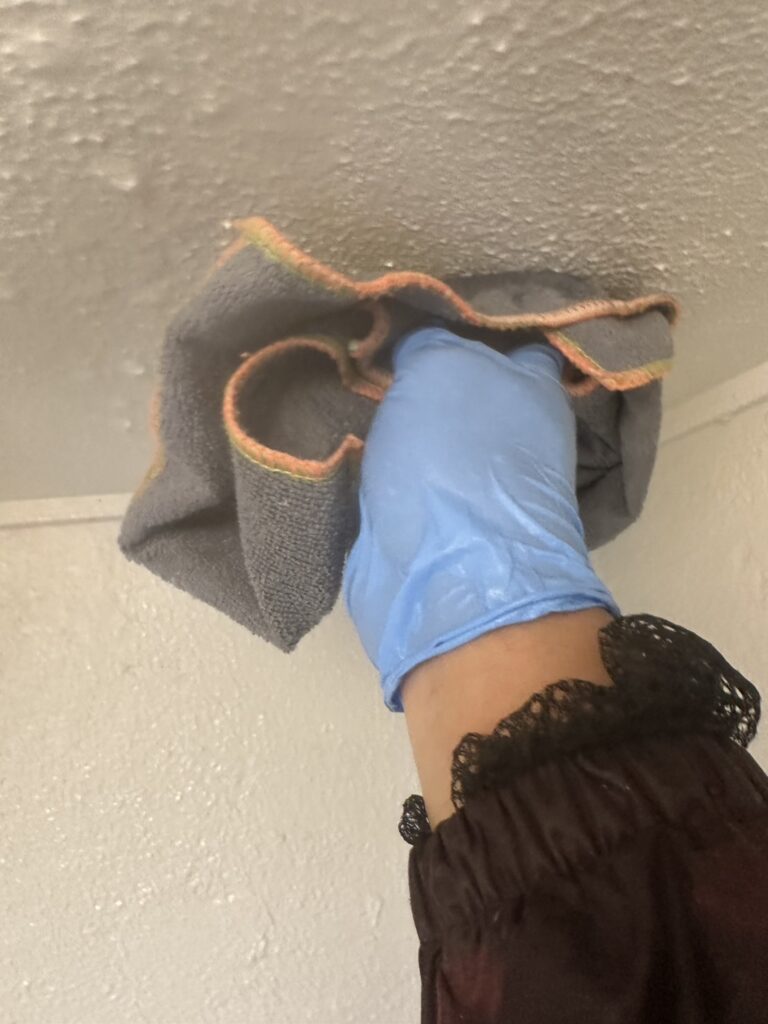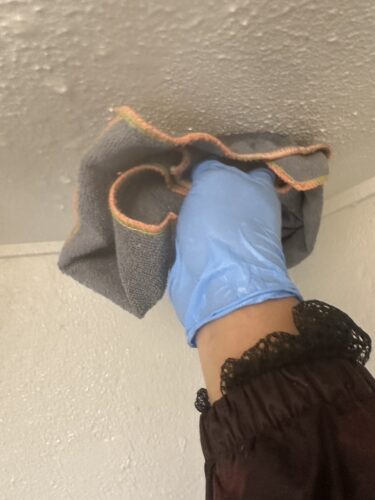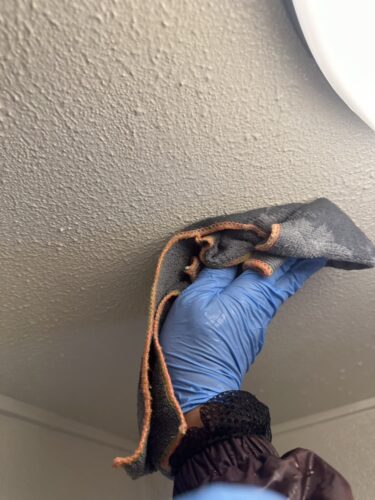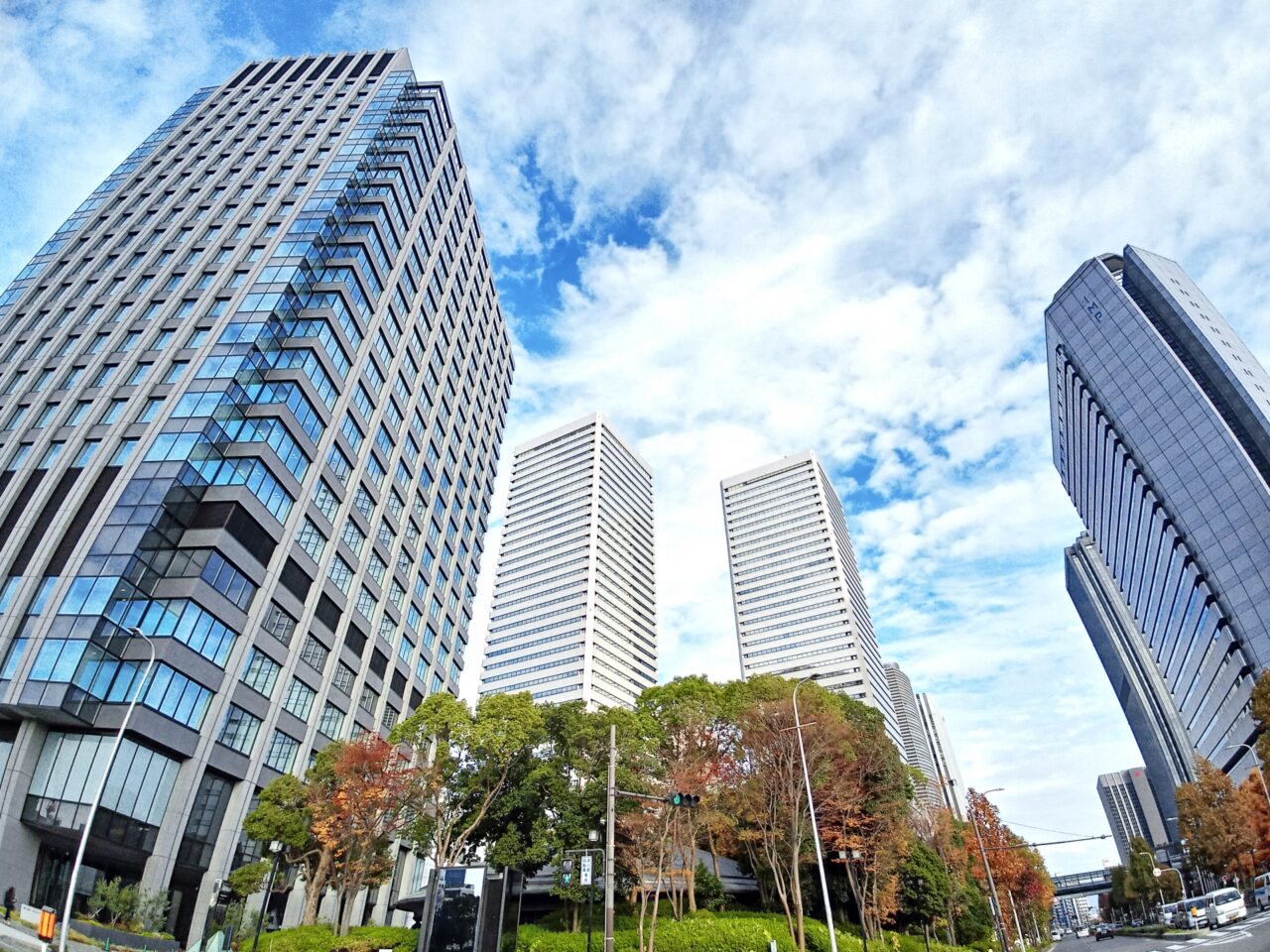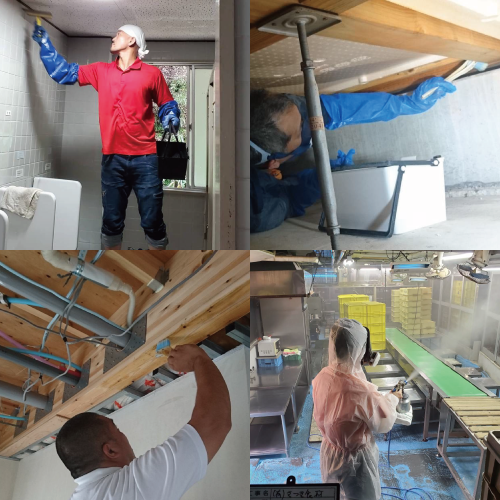Problem Statement
You may not realize it, but condensation mold around pipes and white mold in basements could be silently damaging your health and your home. Ignoring them can lead to serious consequences.
What You’ll Learn
This article explains how mold from pipe condensation can affect your health, how white mold in basements damages structures, and offers practical prevention and removal methods.
Why It’s Worth Reading
By reading this, you’ll gain the knowledge to protect your family’s health and preserve your property’s value through effective mold prevention and remediation techniques.
1. Health Hazards Caused by Mold
Mold isn’t just an unsightly nuisance — it can significantly impact your health. Airborne mold spores, especially from condensation around pipes, can cause respiratory issues, allergies, and more. Often overlooked, these spores become part of the air you breathe every day, leading to gradual health deterioration.
1-1. The Danger of Airborne Mold Spores
Mold releases microscopic spores into the air, which, when inhaled, can trigger a range of symptoms. These include sore throat, coughing, sneezing, and nasal congestion. Prolonged exposure increases the risk of asthma, allergic rhinitis, and even hypersensitivity pneumonitis.
1-2. Links to Allergies and Respiratory Diseases
Mold allergies resemble hay fever, but symptoms persist year-round. Children, the elderly, and those with weakened immune systems are most vulnerable. Some mold types produce mycotoxins, which may affect internal organs, the nervous system, and immune responses over time.
2. Why Mold Grows Around Pipe Condensation
Mold growth around pipes is primarily driven by condensation. When warm air meets a cold pipe surface, moisture forms. This lingering dampness becomes a breeding ground for mold, especially in hidden or unventilated spaces.
2-1. How Condensation Forms and Increases Risk
Temperature differences between water pipes and ambient air cause condensation. These moisture droplets collect on surrounding materials, encouraging mold growth in walls, flooring, or hidden cavities.
2-2. Role of Pipe Material and Insulation Failures
Metal pipes conduct temperature easily, making them prone to condensation. Poor or aging insulation accelerates the problem, raising both mold risks and energy bills. Addressing insulation can prevent mold and improve home energy efficiency.
3. Health Problems from Ignoring Pipe Mold
Many homeowners overlook minor mold, believing it’s harmless. But mold left unchecked can affect the health of everyone in the house — particularly the vulnerable.
3-1. Effects on Children and the Elderly
Infants and elderly individuals are especially susceptible to mold-related symptoms like chronic coughing, fatigue, or respiratory infections due to their weaker immune systems.
3-2. Symptoms Caused by Mycotoxins
Some molds release toxic substances called mycotoxins. Exposure can lead to chronic fatigue, headaches, poor concentration, nausea, and more. These are often mistaken for other conditions, making mold the hidden culprit.
4. Structural Damage from White Mold in Basements
White mold thrives in damp, dark, and poorly ventilated spaces like basements. Though subtle in appearance, it can degrade building materials and compromise structural integrity.
4-1. How White Mold Erodes Building Materials
White mold feeds on organic compounds in wood and drywall. It infiltrates the surface and weakens materials from the inside, leading to structural fragility over time.
4-2. Impact on Home Durability and Property Value
When mold damages structural components, it can lower a property’s safety rating and significantly reduce its resale value. Visible mold can also scare off potential buyers or renters.
5. Differences Between White and Black Mold
Identifying the type of mold is essential for proper treatment. Both white and black mold are common, but their appearance, odor, and health impact differ.
5-1. Appearance and Odor Differences
White mold is fluffy, light-colored, and spreads subtly. It usually lacks a strong odor. In contrast, black mold is dark and spotty, with a pungent, musty smell — often found in bathrooms or kitchens.
5-2. Which Mold Is More Dangerous?
Black mold is more toxic and known for producing mycotoxins. However, white mold also poses serious risks by degrading structures and spreading quietly. Immediate action is necessary regardless of color.
6. Why Basements Are Prone to White Mold
Basements offer ideal mold conditions: high humidity, poor ventilation, and no sunlight. These combined factors make mold prevention particularly challenging.
6-1. The Role of Humidity and Poor Ventilation
Humidity in basements often exceeds 80%. Without windows or airflow, this moisture lingers, promoting mold growth on walls, floors, and insulation.
6-2. Moisture Rising from the Ground
Subpar construction, lack of moisture barriers, or old waterproofing allows moisture to seep from the soil into the room. This fuels mold development behind walls or under floors.
7. Preventing Condensation and Basement Mold
Prevention is more effective than removal. Controlling humidity, improving airflow, and insulation can significantly reduce mold risks.
7-1. Managing Humidity and Preventing Condensation
Use dehumidifiers and monitor humidity levels (ideal: 40–60%). Insulate pipes and windows, and open windows periodically, even during winter.
7-2. Using Ventilation and Insulation Solutions
Install automatic ventilation systems or humidity-sensitive fans. Consider thermal insulation for walls and ceilings to stop condensation from forming.
8. DIY Mold Control and What to Avoid
Homeowners can tackle minor mold issues, but improper techniques may worsen the situation. Knowing what to do — and what not to do — is essential.
8-1. Safe Use of Commercial Mold Cleaners
Alcohol sprays or mold removers work for light mold. After cleaning, ensure the area is thoroughly dried to prevent recurrence. Natural options like vinegar or baking soda can help but are less effective.
8-2. Reducing the Risk of Regrowth
Wipe off condensation daily. Avoid blocking air circulation with furniture. Ensure items like towels and mats are dried quickly and thoroughly.
9. When to Call a Professional Mold Removal Service
Widespread mold or health symptoms signal the need for professional help. Delaying action can worsen both health effects and costs.
9-1. Signs That Mold Is Too Severe to Handle Alone
If mold spreads behind walls or flooring, or covers large areas, DIY efforts are insufficient and could spread spores. Professionals use specialized tools and safety gear to remove mold effectively.
9-2. Health Risks and Material Sensitivity
When mold impacts health or historic structures, professional intervention ensures both safety and preservation. Non-invasive methods can treat mold without damaging delicate surfaces.
10. Professional Techniques to Eliminate and Prevent Mold
Effective mold remediation requires more than surface cleaning. Advanced tools and chemical solutions are needed to fully remove spores and stop regrowth.
10-1. Removing Mold Without Damaging Materials
Techniques like the MIST method use fine mist sprays tailored to the material. These penetrate deep layers without scraping or sanding, ensuring safe and thorough mold removal.
10-2. Long-Term Mold Prevention
After removal, antimicrobial coatings and air treatments can stop future mold. Professional-grade solutions bind and neutralize airborne spores, creating a clean, mold-resistant space.
About Our Company: Mold & Renovation by Taikou Kensou
When it comes to mold removal and structural restoration, Mold Busters Osaka and Kabi Reform Tokyo/Nagoya offer complete one-stop solutions under the guidance of our parent company, Taikou Kensou Co., Ltd.
We specialize in both mold remediation and renovation, a rare combination that allows us to identify the root cause of mold and directly improve your building’s structure to prevent recurrence. Whether it’s treating pipe condensation or repairing mold-infested basements, we manage the entire process — from inspection to post-removal renovation.
Using our proprietary MIST Method®, we ensure safe, thorough, and non-invasive mold removal. The treatment is safe for children, the elderly, and pets, and ideal for wooden structures, historical buildings, and delicate materials.
Our renovation division also provides:
-
Interior remodeling (walls, ceilings, floors)
-
Plumbing renovations (bathrooms, kitchens, toilets)
-
Thermal insulation and energy-saving improvements
-
Anti-condensation treatments and waterproofing
-
Barrier-free renovations for aging households
All work is handled in-house or by certified partners to ensure high quality and efficiency. By combining mold treatment with renovation, we eliminate the need for multiple contractors — saving time, money, and stress.
If you suspect mold or plan a renovation, contact Taikou Kensou Co., Ltd. for a comprehensive consultation. Site inspections and estimates are free, and we’re committed to restoring your home’s health and longevity with precision and care.

